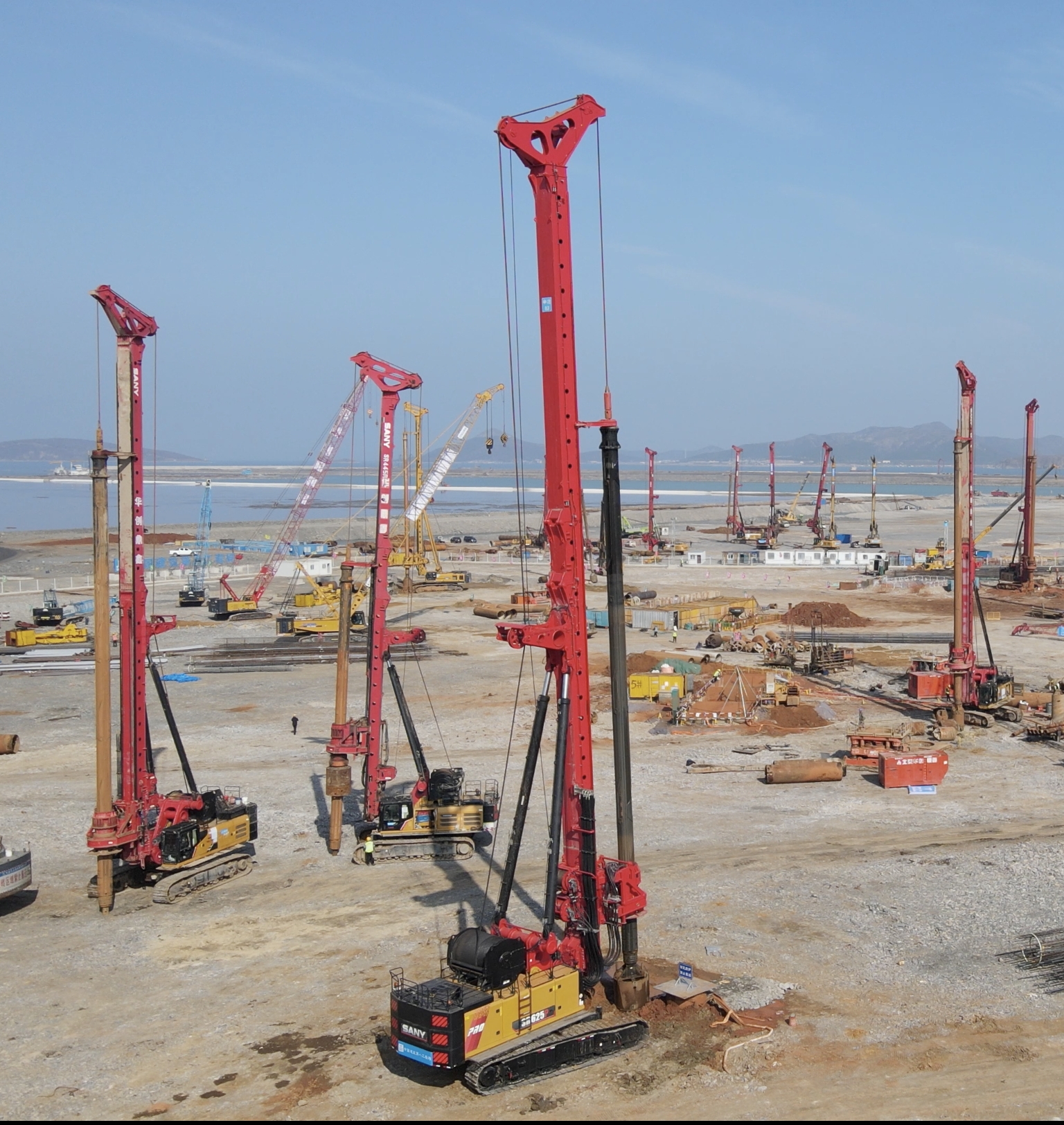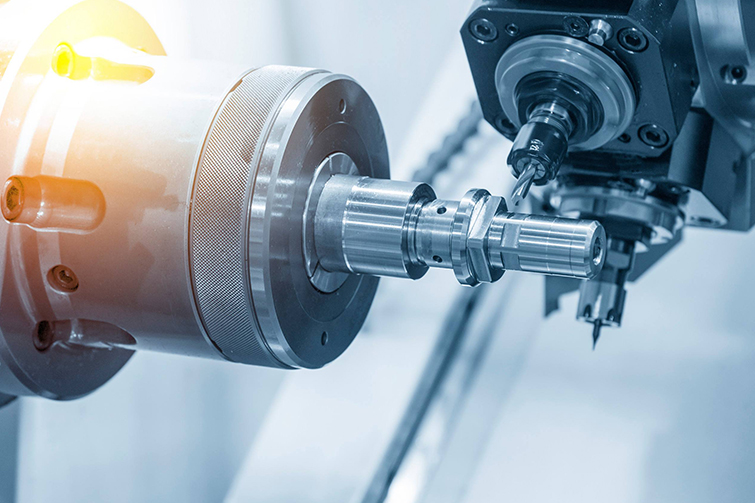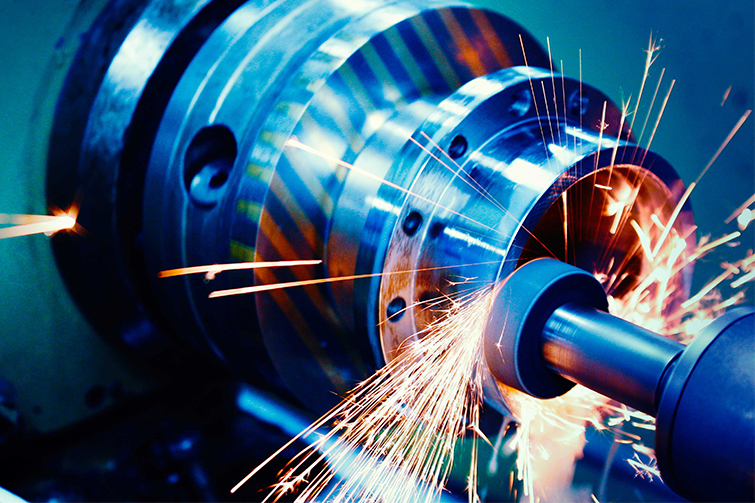

Advanced Techniques in Borehole Construction and Water Supply Well Drilling

Introduction to Borehole Construction and Well Drilling
Borehole construction and water supply well drilling are critical processes in accessing underground water resources. These techniques are essential for providing clean and sustainable water supplies to communities, agriculture, and industries. The process involves several technical steps, from site selection to the final construction of the well.
Site Selection and Preparation
The first step in borehole construction is selecting an appropriate site. This involves geological surveys to identify water-bearing formations and ensure the absence of contaminants. Proper site preparation is crucial to facilitate the drilling equipment and ensure the safety of the operation.
Drilling Techniques and Equipment
Various drilling techniques are employed in water supply well drilling, including rotary drilling, percussion drilling, and auger drilling. The choice of technique depends on the geological conditions and the depth of the water table. Advanced drilling equipment, such as hydraulic rotary drills, is often used for efficient and precise drilling.
Casing and Screen Installation
After drilling, casing is installed to stabilize the borehole and prevent contamination. Screens are also placed at the water-bearing zones to allow water to enter the well while keeping out sand and other particles. The materials used for casing and screens must be durable and resistant to corrosion.
Development and Testing of the Well
Well development is a critical phase where the well is cleaned and the surrounding aquifer is stimulated to improve water yield. Pumping tests are then conducted to determine the well's capacity and the quality of the water. These tests ensure that the well meets the required standards for use.
Maintenance and Sustainability
Regular maintenance is essential to prolong the life of a borehole or well. This includes periodic cleaning, disinfection, and inspection of the equipment. Sustainable practices, such as water conservation and protecting the surrounding environment, are also vital to ensure the long-term availability of water resources.
Common Questions
What is the most common drilling technique used in water supply well drilling?
Rotary drilling is the most commonly used technique due to its efficiency and ability to drill through various geological formations.
How often should a borehole be maintained?
It is recommended to inspect and maintain a borehole at least once a year, though the frequency may increase depending on usage and water quality.
What are the signs of a failing borehole?
Decreased water yield, changes in water quality, and the presence of sand in the water are common indicators of a failing borehole.








